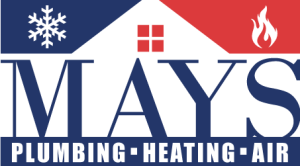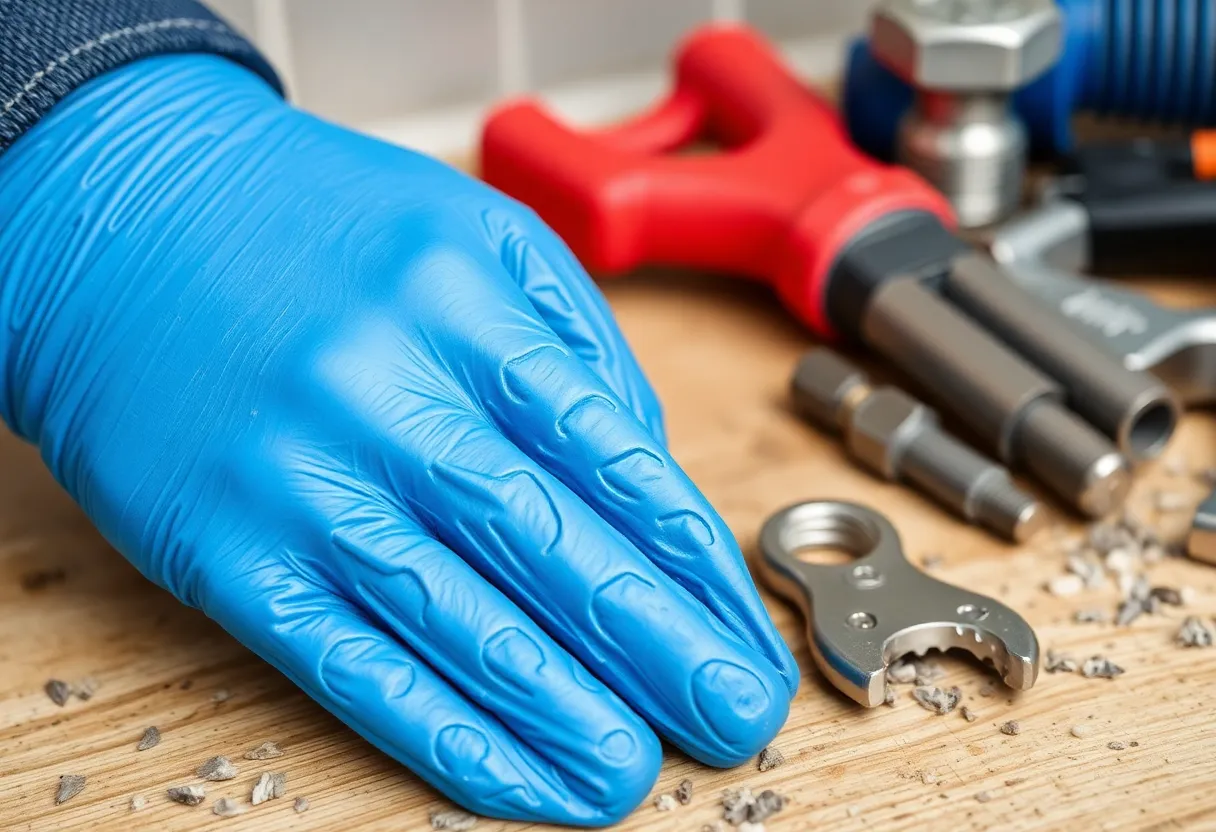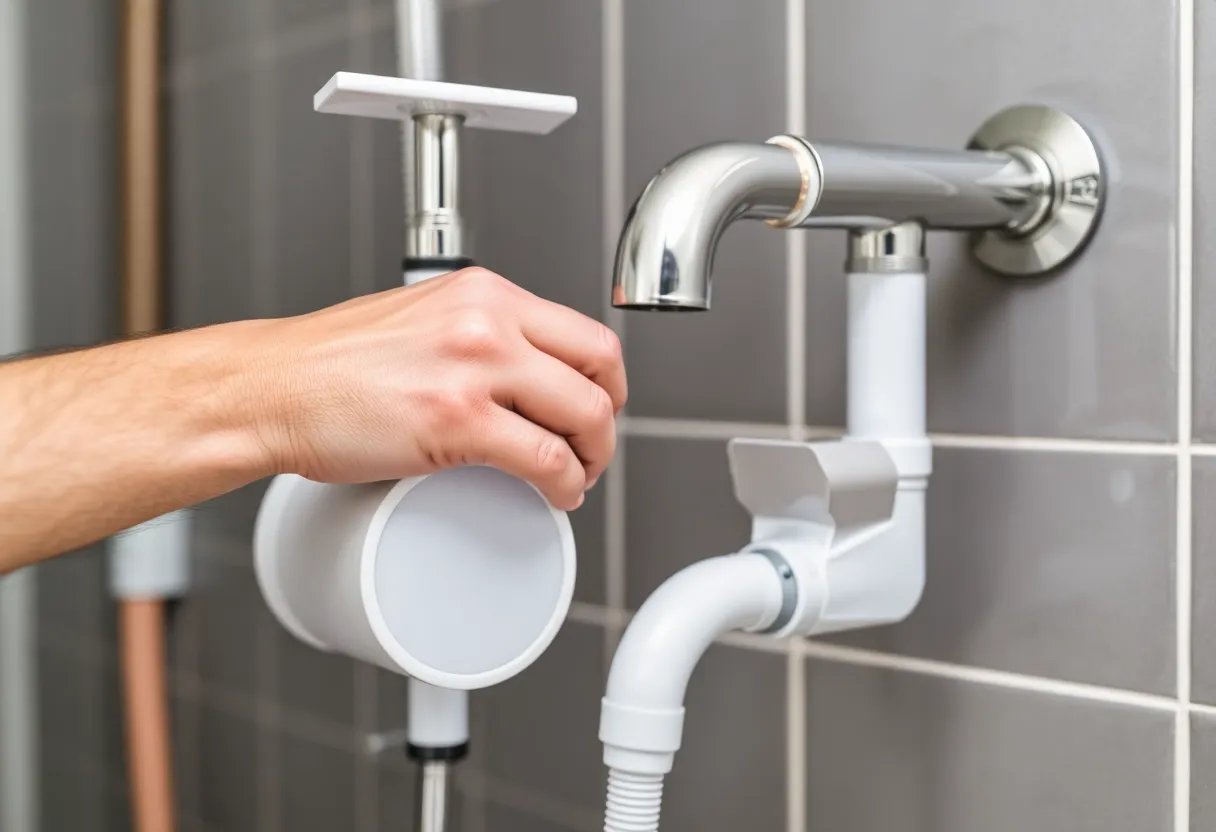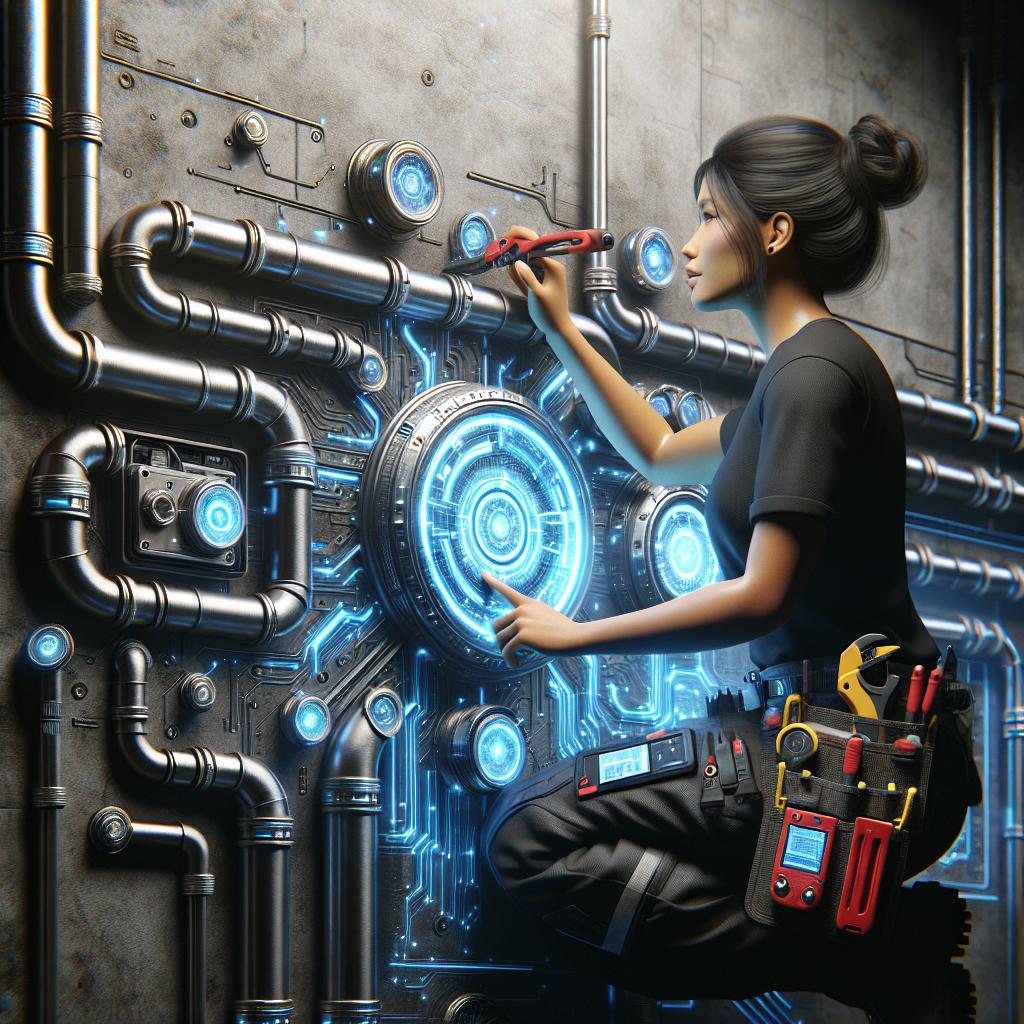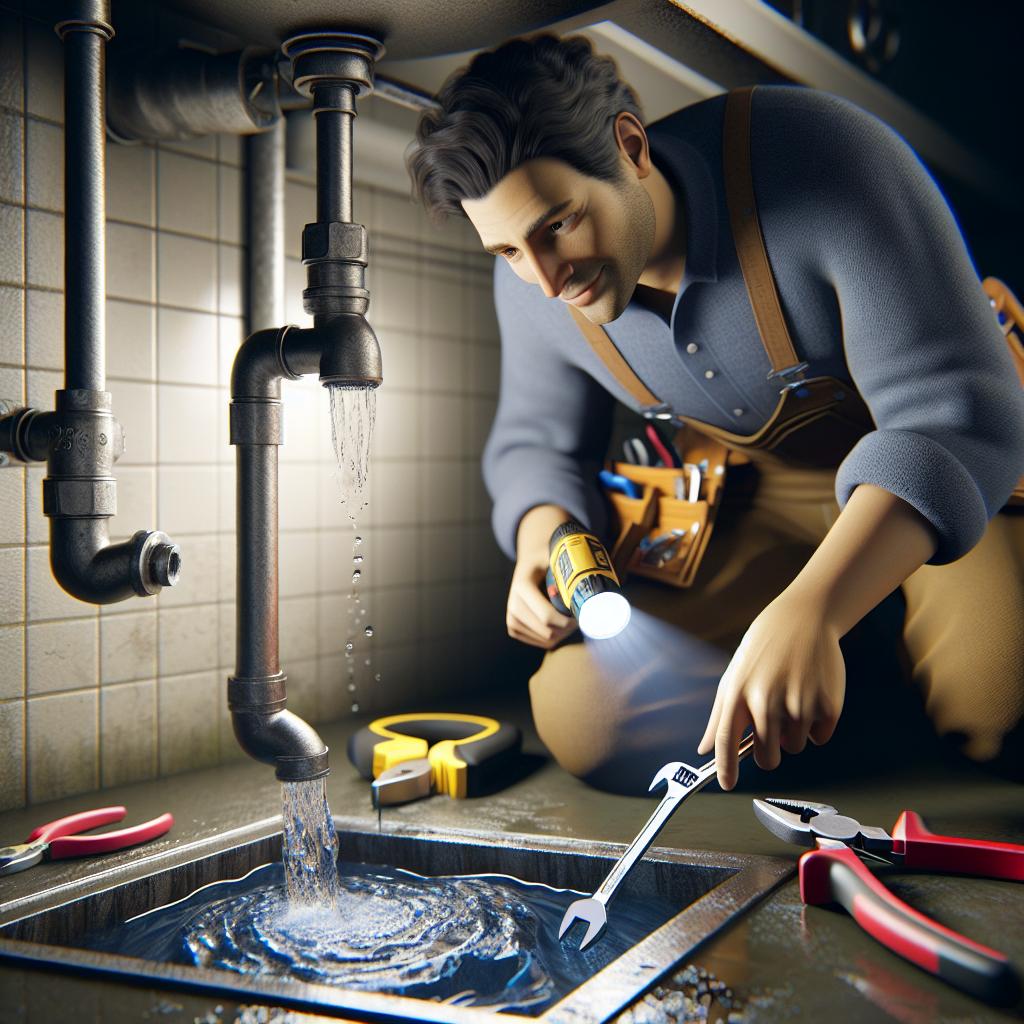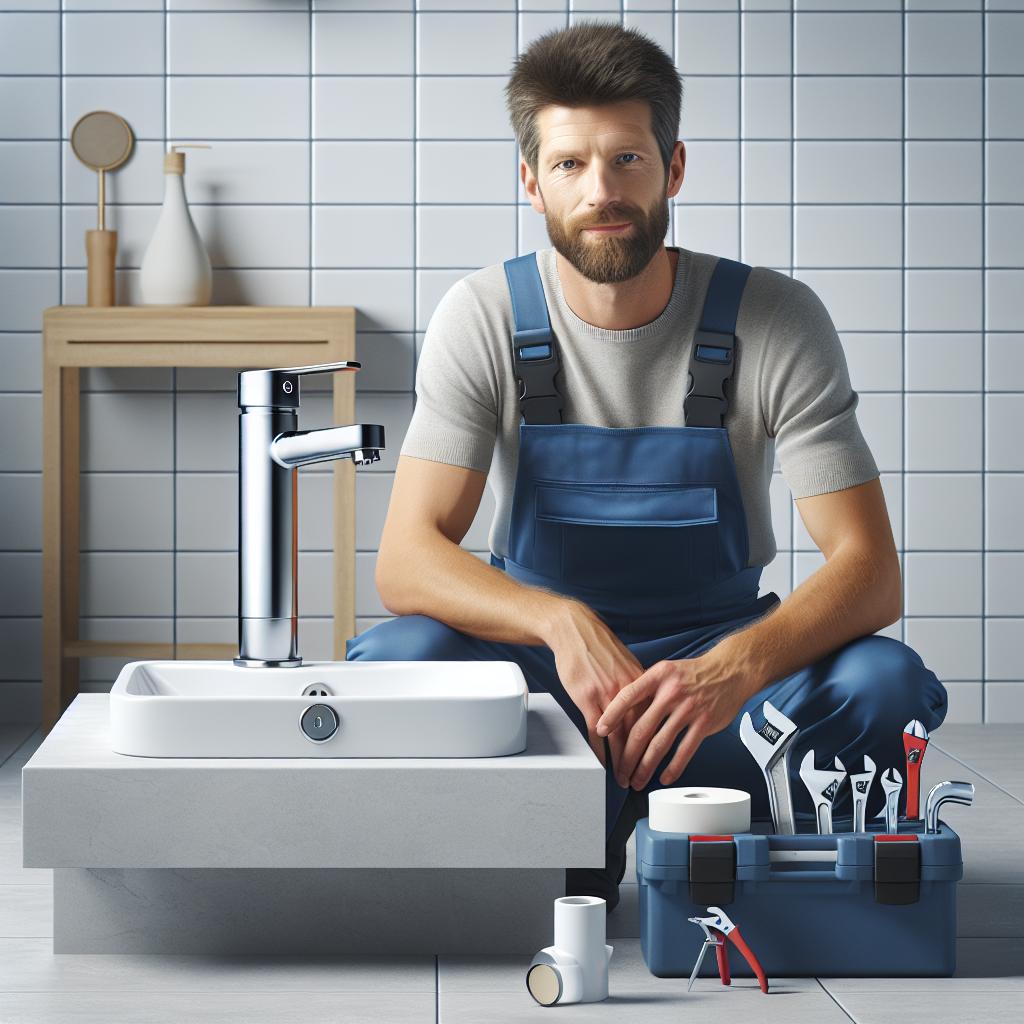The Plumbing Disaster Playbook: 9 Common Home Issues You Need to Fix Before They Escalate
Maintaining the plumbing in your home is essential for ensuring a safe and comfortable living environment. Many homeowners take a reactive approach to plumbing issues, waiting for problems to arise before they take action. However, being proactive can save you time, money, and a lot of stress. In this comprehensive guide, we will discuss nine common plumbing issues that you need to fix before they escalate into full-blown disasters.
1. Leaky Faucets
One of the most common plumbing problems in households is a leaky faucet. A drip may seem trivial, but it can lead to significant water waste over time and increase your water bill.
Causes of Leaky Faucets
Leaky faucets usually occur due to worn-out washers, O-rings, or seals. Over time, these components may deteriorate due to corrosion or simple wear and tear.
Fixing a Leaky Faucet
- First, turn off the water supply.
- Remove the faucet handle to access the internal components.
- Replace any worn seals or washers.
- Reassemble the faucet and turn the water back on to check for leaks.
2. Clogged Drains
Clogs can be a major hassle in any home. Not only can they cause slow drainage, but they can also lead to backups and overflow if not addressed promptly.
Common Causes of Clogs
Hair, food particles, grease, and soap scum are usual culprits when it comes to clogged drains. Regular maintenance can help mitigate these issues.
Preventative Measures
- Use drain covers to catch hair and debris.
- Avoid pouring grease down the sink, as it can solidify and cause clogs.
- Regularly flush drains with hot water or a mixture of baking soda and vinegar.
3. Low Water Pressure
Low water pressure isn’t just inconvenient; it can indicate more serious plumbing issues. Identifying the cause early can prevent costly repairs down the line.
Causes of Low Water Pressure
Common reasons for low water pressure include:
- Mineral deposits accumulating in pipes.
- Leaky pipes causing loss of water pressure.
- Water supply issues from the municipal system.
Steps to Troubleshoot
- Check other faucets to see if the problem is localized.
- Inspect your home for visible leaks.
- Consider installing a water softener if you have hard water.
4. Running Toilets
A running toilet can lead to unnecessary water waste and inflated water bills. This common issue often indicates a problem with the toilet’s internal components.
Identifying the Issue
Common causes of running toilets include:
- A faulty flapper valve.
- A broken float.
- Clogged overflow tube.
How to Fix a Running Toilet
- Remove the tank lid and check the flapper for signs of wear.
- Adjust the float height if the water level is too high.
- Replace any broken or damaged parts as needed.
5. Burst Pipes
Burst pipes can be one of the most devastating plumbing emergencies. If a pipe bursts, it can cause extensive water damage to your home and belongings.
Causes of Burst Pipes
Pipes can burst due to:
- Extreme temperatures causing water to freeze and expand.
- Corrosion weakening pipes over time.
- High water pressure that exceeds the capacity of the pipes.
Preventive Actions
- Insulate pipes in unheated areas to prevent freezing.
- Monitor your home’s water pressure.
- Regularly inspect pipes for signs of rust or damage.
6. Sewer System Backup
A sewer backup is a serious plumbing issue that requires immediate attention. It can lead to health hazards and extensive property damage.
Culprits Behind Sewer Backups
- Tree roots invading and blocking sewer lines.
- Grease buildup from improper disposal methods.
- Flushing non-biodegradable items down toilets.
How to Handle a Backup
- Stop using water immediately to avoid worsening the situation.
- Call a professional plumber to diagnose and fix the issue.
- Consider installing a backwater valve to prevent future disasters.
7. Water Heater Issues
Water heater failures are frustrating, especially during cold months. Typical problems include inconsistent heating and leaking tanks.
Identifying Water Heater Problems
Signs of trouble may include:
- Water temperature fluctuation.
- Leakage around the water heater itself.
- No hot water from taps and showers.
Maintenance Tips
- Flush the tank annually to remove sediment buildup.
- Inspect for leaks and corrosion regularly.
- Check the temperature setting to ensure it’s not too low or high.
8. Sump Pump Failure
If your home is prone to flooding, a functioning sump pump is critical. A failed sump pump can lead to water accumulation in your basement, leading to severe water damage.
Common Causes of Sump Pump Failure
- Power outages.
- Pump malfunctions due to clogs or mechanical failure.
- Inadequate pump size for the volume of water encountered.
Keeping Your Sump Pump Functional
- Test the sump pump monthly to ensure it’s working properly.
- Keep the inlet screen clear of debris.
- Consider installing a backup system or battery-operated pump.
9. Pipe Corrosion
Corrosion is a serious issue that can lead to leaks and broken pipes. It primarily affects older homes with metal pipes that are susceptible to rusting.
Signs of Corrosion
- Discolored water.
- Frequent leaks or bursts.
- Low water pressure throughout the home.
Preventing Pipe Corrosion
- Inspect pipes regularly and replace corroded sections.
- Consider using plastic or PEX pipes for replacements.
- Keep the water pH balanced to reduce the potential for corrosion.
Conclusion
Being aware of these common plumbing issues and addressing them early can save you from significant headaches in the future. Regular maintenance, timely repairs, and a little prevention can go a long way in ensuring your plumbing system operates smoothly. Keep this Plumbing Disaster Playbook handy and take action before minor troubles evolve into major disasters!



